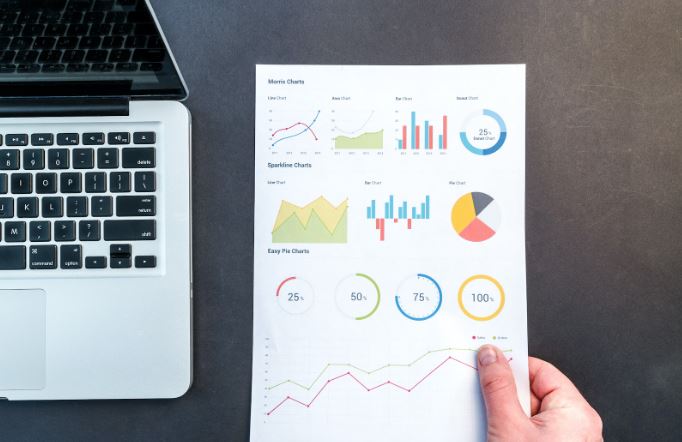How can nonprofits boost online visibility using an SEO checker? A robust online presence is vital for garnering donations and support. Also, employing an SEO checker ensures optimised website content, increasing the likelihood of appearing in search results and enhancing discoverability.

- Nonprofits can utilise SEO checkers to enhance visibility and broaden their mission’s reach.
- Adhering to SEO best practices helps create a user-friendly, informative website.
What’s an SEO checker, and how does it function?
In simple terms, an SEO Checker scans websites and evaluates SEO performance by analysing factors like page speed, content quality, and keywords. It also offers improvement and suggestions such as adding keywords or enhancing page speed. A few of these tools offer paid options (SEMrush, Ahrefs), while others can be used for free (Google Search Console).
SEO checkers can be viewed as a site’s detectives. They find clues that are crucial for search engine rank. Even more, these tools help fix issues like slow loading or missing keywords and can serve as a guide for effective content creation. In essence, SEO checkers are site investigators, aiding higher rankings for easy discovery.
How to Leverage SEO Checker for Website Improvement
Enhancing your website with an SEO checker follows a simple process. Begin by choosing a checker and creating an account. Afterwards, input your website’s URL, run a scan, and get a report with suggestions. Also, apply changes like keyword inclusion, structural optimisation, or resolving technical problems based on the report. Over time, you can run subsequent scans to track progress and keep refining your website.
Different Types Of SEO Checkers Available
Here are some of the various SEO checkers available
- On-page SEO checkers. These tools analyse your website’s content, metadata, and other on-page factors to identify areas for improvement.
- Technical SEO checkers. These tools analyse your website’s technical aspects, such as page speed, crawlability, and mobile friendliness.
- Off-page SEO checkers. These tools analyse your website’s off-page factors, such as backlinks, social media engagement, and domain authority.
- All-in-one SEO checkers.
Why Nonprofits Should Leverage SEO Checkers
- Enhances organic search traffic.
- Identifies & remedies ranking-affecting issues.
- Tracks SEO progress.
- Enhances content based on insights.
- Spots potential website glitches.
- Monitors & suggests link-building opportunities.
- Offers user behaviour insights.
- Maximise community impact with their guidance.
- Data insights can help drive continual improvement.
Common Nonprofit SEO Errors And Prevention Tips:
1. Neglecting Keywords
Error: Skipping keyword research.
Prevention: Research & use audience-focused keywords.
2. On-Page Neglect
Error: Ignoring tags & headers.
Prevention: Optimise with targeted keywords.
3. Mobile Misses
Error: Neglecting mobile design.
Prevention: Use responsive design.
4. Local SEO Neglect
Error: Ignoring local optimisation.
Prevention: Use local keywords, Google My Business, and local backlinks.
5. Duplicate Content
Error: Copying content.
Prevention: Create original content, and use canonical tags.
SEO Tips for Boosting Nonprofit Online Visibility
- Research and target optimal keywords.
- Enhance local SEO for targeted reach.
- Speed up page loading times.
- Craft high-quality, SEO-optimized content.
- Refine title tags and meta descriptions.
- Apply schema markup to your site.
- Utilise social media for content sharing and traffic.
- Monitor and adapt SEO strategy for best results.
Conclusion
In summary, nonprofits can utilise SEO checkers to enhance visibility and broaden their mission’s reach. Adhering to SEO best practices helps create a user-friendly, informative website. By persistently refining SEO efforts, nonprofits can amplify their online impact and better their community. Remember, SEO is continuous therefore it requires progress tracking and adapting as necessary to steadily boost visibility over time.
If you enjoyed reading this article, please share your comments and suggestions with us at the bottom of this post.


